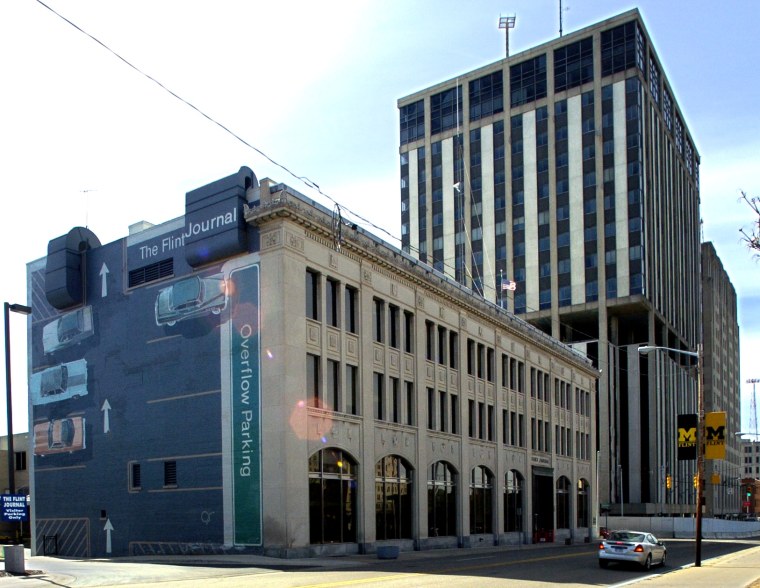Flint, Mich., and Lincoln, Neb., have something in common: They are the two cities in the U.S. with the greatest difference between how many of their employers expect to add workers in the next quarter and how many expect to let them go. But that's very good news in Lincoln, and very bad news in Flint.
In Lincoln, 21 percent of employers plan to hire soon, and only 4 percent plan to fire — a net difference of 17 percentage points. Pretty much the opposite is true in Flint, where 26 percent of employers are planning cuts to payroll and 9 percent are expecting to hire. That's according to employment services firm Manpower's latest United States Employment Outlook Survey.
Manpower surveyed 28,000 employers across the nation's 201 metropolitan statistical areas, as defined by the U.S. Office of Management and Budget. It measured what percentage expect to be hiring in the next quarter, between October and December of this year, what percentage expect to be firing, and then tallied the difference as "net employment outlook."
Rochester, N.Y., Waco, Texas, and Pasco, Wash., follow Lincoln in their optimism. They all have net employment outlooks of +10 percent to +11 percent (Lincoln's net employment outlook being +17 percent).
Detroit, Mich., Dayton, Ohio, and Salinas, Calif., on the other hand, lie at the other end of the spectrum, all at -14 percent to -15 percent, and exceeded only by Flint's, at -17 percent.
Those cities helped the U.S. as a whole achieve its lowest net employment outlook since 1962. This coming quarter, 12 percent of employers in the U.S. plan to hire and 14 percent plan to fire, for a national net employment outlook down 2 percent. In the fourth quarter of last year, the figure was +9 percent. The Northeast is the hardest-hit region, at -4 percent.
Not only are the numbers of companies hiring and firing notable, so are the very many that expect to do neither. Of all the businesses surveyed, 69 percent said they wouldn't be adding or removing any staff. Jeffrey Joerres, chief executive officer of Manpower, says that's the most in the survey's 47-year history (normally, closer to half anticipate maintaining current levels).
"There's always a state of confusion in a recovery, which creates a stalling effect," Joerres says. "Companies don't know what to do, so they freeze."
That can make them slow to catch up when things begin to turn around. It also means a hard time ahead for those who are out of a job and a tough time moving up for many who are working but feel their careers have stalled. Joerres advises against jumping up and relocating to a high-hiring city right now if you've got a decent job where you are. "Companies are doing precision hiring," he says. Leave Detroit for Lincoln, and you might end up unemployed in unfamiliar surroundings.
